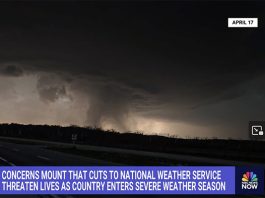We think it is far more important to stop making hay on your land than it is to stop feeding hay on your land. Here are some things to think about.
What Made Sense in 1973 Doesn’t Make Sense Today
Making hay is a whole lot more expensive than it used to be. This table compares input costs for making hay in 1973 in contrast to 2013.

All of the input costs have increased at a much faster rate than the value of beef cattle, lamb, or milk. To be on par with costs experienced in 1973, fed cattle should have been $284/cwt, not the $148 they were.
Hay = Inexpensive Fertility
While making hay is expensive, in much of the US, hay can be bought for less than the cost of production. When you buy someone else’s hay and feed it on your property, you are buying their fertility at a highly discounted rate. In some years in some locations, you can buy beef cattle hay for less than the fertilizer value it contains.

This is a great opportunity for improving your land in a way that also benefits soil health.
Feeding Uniformly is the Key
The key to soil improvement is to get the hay fed uniformly over your pastures. This is how you can realize the greatest benefit from purchased hay as a planned fertility input.
Large round bales are still the norm in much of US cow country. Round bales can be unrolled with relatively low-cost equipment. Bales don’t unroll uniformly all the time, but the subsequent manure distribution is way better than feeding bales in ring feeders.

Big square bales can be flaked off easily in a systematic way to cover a specific area with each bale fed.

Bale processors are expensive pieces of equipment. If you are invested in something like this, make sure you are feeding all of your hay to optimize the distribution of manure across the pasture.

We need to be thinking about how much nitrogen and phosphorus is in each bale we are feeding so we can plan our daily feeding to apply appropriate levels of nutrients rather than feeding too little and not realizing the benefit we expected or feeding too much and overloading the soil and environment with excess N. We’ll look at that next week!
Ready for Part 2? Here you go!





Are there any negative consequences for feeding sheep( or other stock) off the ground?
There is one potential problem that I know of: Johne’s disease. This is a microbacterium that spreads through fecal oral contact. It causes intestinal scarring to the degree that the animal can no longer absorb food, and it wastes away and dies. Younger animals are more susceptible to the disease. Older ones require much heavier exposure. I’ve actually had some experience with this disease in my research goat herd, so I can write more about this as an article. I guess overall I would still use this technique to feed stock and manage fertility.
Excellent article and one that I have been applying since I started ranching.
One thing you haven’t mentioned yet that I have learned the hard way is, learn to judge good quality hay and stay away from everything else. Granted during drought you can’t always be picky, but everything that bale of hay has you are bringing it into your pastures. I now have unwanted weeds and grasses in my pasture brought in by poor quality hay. Even though a hay producer says it was “fertilized and weeded”, it doesn’t mean that he didn’t capture weeds that were dead and full of seeds when he baled the hay.
Comments are closed.